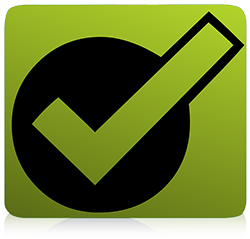 Some large companies offer great perks like paid gym memberships, flexible scheduling or company stock. You may not receive these perks as a small business employee, but you could be eligible for valuable health insurance. As many as 54 percent of small business owners choose not to offer health insurance because of the cost, though. Share information with your employer about five health care options for small businesses that help you get the insurance coverage you need.
Some large companies offer great perks like paid gym memberships, flexible scheduling or company stock. You may not receive these perks as a small business employee, but you could be eligible for valuable health insurance. As many as 54 percent of small business owners choose not to offer health insurance because of the cost, though. Share information with your employer about five health care options for small businesses that help you get the insurance coverage you need.
-
- Private Small Group Plan
Some insurance companies offer private small group insurance plans. The insurance company assesses the small business’s employees to determine risk, and then they create a plan that outlines the benefits they’ll offer and the premium cost per employee. This option gives small businesses greater opportunities to shop around as they find the best coverage and rates for their employees.
- Private Small Group Plan
-
- SHOP Marketplace
Small businesses with fewer than 50 employees may purchase insurance through the SHOP Marketplace. It’s operated by public federal or state exchanges although some states offer limited SHOP Marketplace options. Registered SHOP Marketplace brokers assist business owners in selecting and setting up the right plan for them. Small businesses receive tax credit for enrolling, but they are required to meet requirements, including premium contributions or enrollment percentages.
- SHOP Marketplace
-
- Private Exchange
A small business can contribute a set amount to each employee who purchases insurance through a private exchange. Employees may choose from several plan options. A broker works with employees to help them find and select the right coverage for their needs.
- Private Exchange
-
- Co-operative
Co-operatives are a traditional way for small businesses to offer health insurance to their employees. Several businesses can work together to negotiate rates and benefits while lowering administrative and management costs. Employee participation is optional. Because each co-op is structured differently, some may offer better rates than other health care options for small businesses.
- Co-operative
-
- Individual Health Insurance
Small businesses may choose not to offer health insurance. In this case, choose the insurance you want when you buy individual health insurance. Talk to a broker or purchase a policy through the Marketplace, and select the insurance company, coverage and deductible you want. Some employers will give employees a defined contribution allowance that reimburses a portion of the premium cost. They choose how much to contribute as long as it’s within federal limits.
- Individual Health Insurance
As a small business employee, your employer may not offer the health insurance you need. Share these health care options for small businesses and ask your employer to choose an option that fits your needs. If you do already receive health insurance, compare other options to ensure you’re getting best rate and the right coverage.













